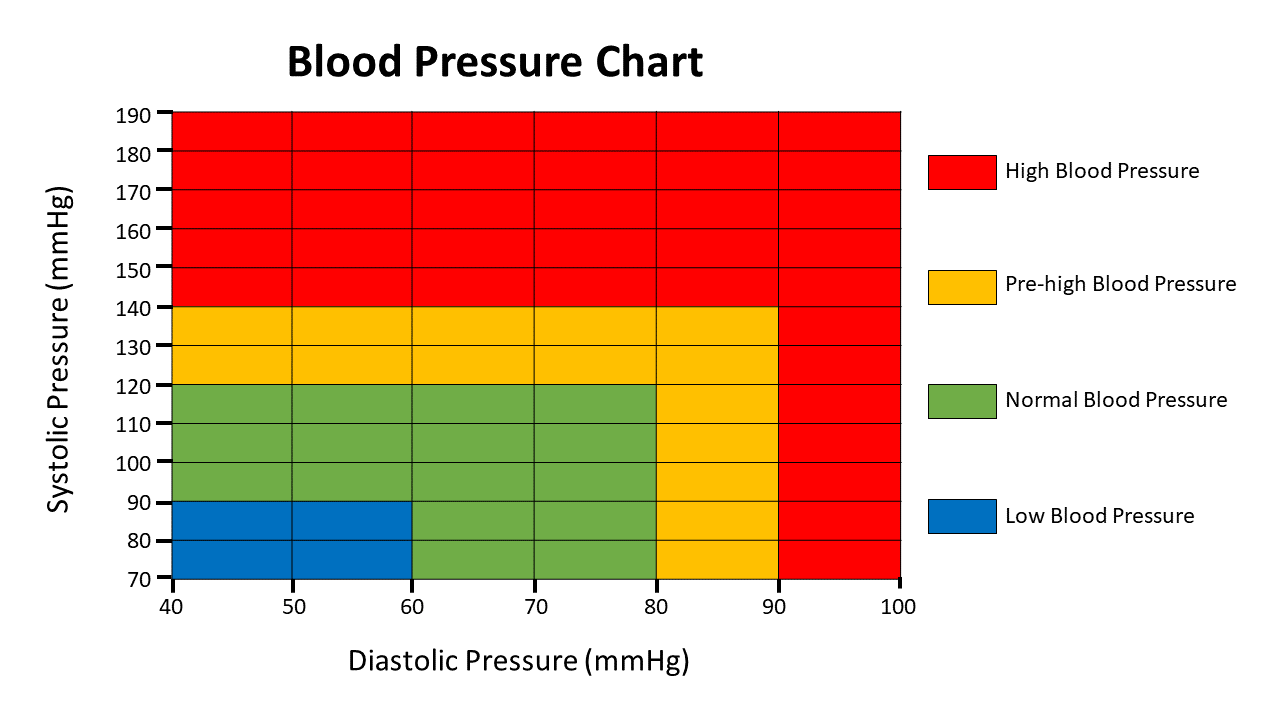Blood Pressure
When your heart beats, it pumps blood around your body to give it the energy and oxygen it needs. As the blood moves, it pushes against the sides of the blood vessels. The strength of this pushing is your blood pressure. If your blood pressure is too high, it puts extra strain on your arteries (and your heart) and this may lead to heart attacks and strokes.
Having high blood pressure (hypertension) is not usually something that you feel or notice. It does not tend to produce obvious signs or symptoms. The only way to know what your blood pressure is, is to have it measured.
Blood pressure is measured in ‘millimetres of mercury’ (mmHg) and is written as two numbers. For example, if your reading is 120/80mmHg, your blood pressure is ‘120 over 80’.
Every blood pressure reading consists of two numbers or levels. They are shown as one number on top of the other.
The top number is your systolic blood pressure (the highest pressure when your heart beats and pushes the blood around your body). The bottom one is your diastolic blood pressure (the lowest pressure when your heart relaxes between beats).
The blood pressure chart below shows the ranges of high, low and healthy blood pressure readings.

Even if you do not have high blood pressure at the moment, it is important to keep your blood pressure as low as you can. The higher your blood pressure, the higher your risk of health problems. For example, a blood pressure of 135 over 85 may be “normal” but someone with this reading is twice as likely to have a heart attack or stroke as someone with a reading of 115 over 75.
Using a home blood pressure monitor can help you to learn more about your blood pressure.
If you are concerned about your readings, contact your medical team for advice.
